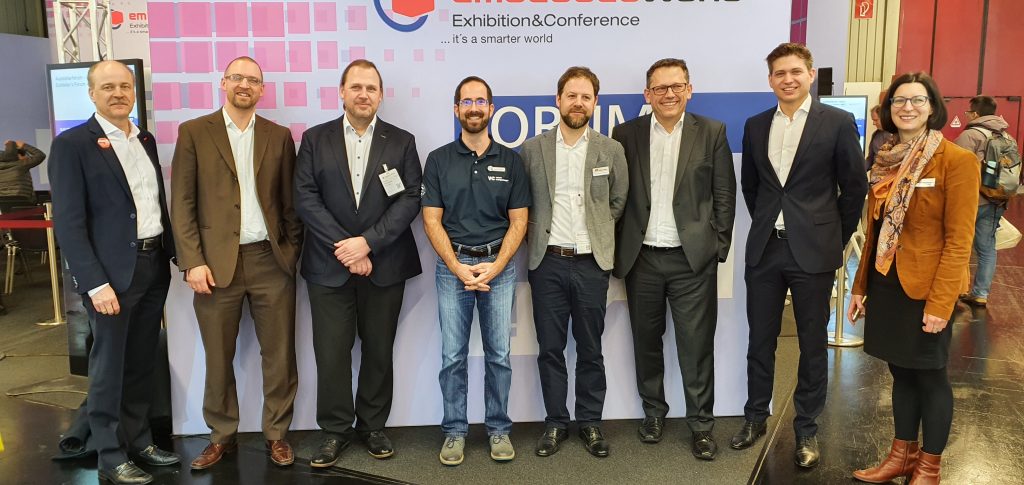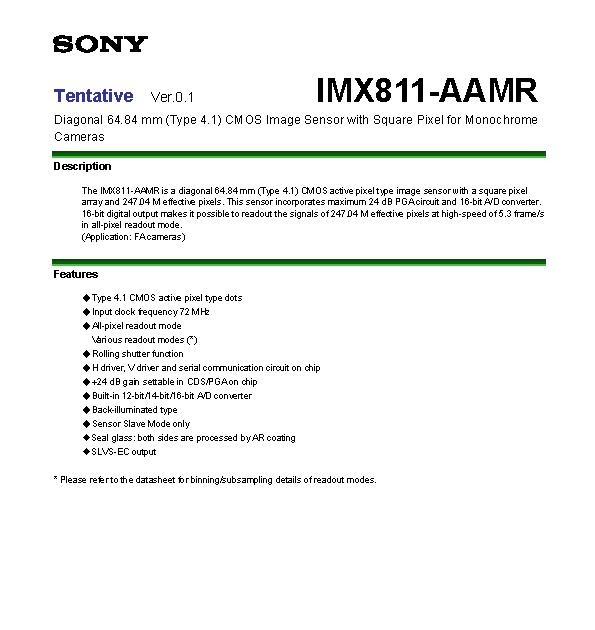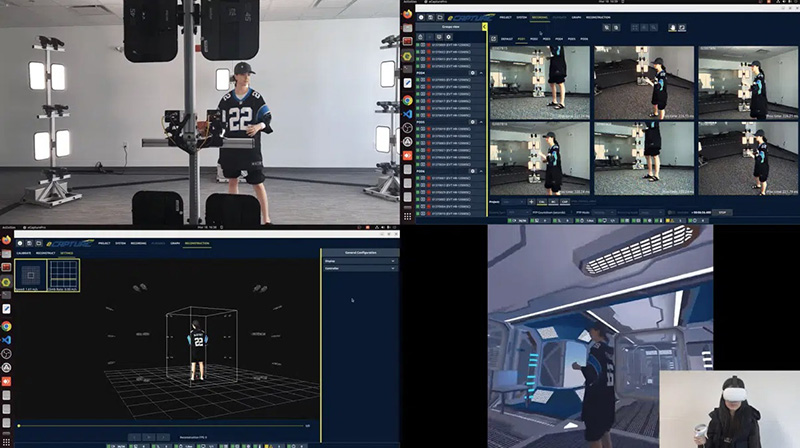
With reference to the spread of the coronavirus, around 200 companies had withdrawn their participation in the trade fair at short notice, so that in the end there were over 900 exhibitors. The number of visitors was therefore significantly lower than in previous years, at around 13,800. The embedded awards were presented on the first day of the fair. The winner in the embedded vision category is DC Vision Systems (www.dc-visionsystems.com) for the DC-SVP (Stereo Vision Processor). This combines a stereo camera and electronic control unit with an integrated processor and a hardware accelerator based on FPGA technology. A stereo image processing pipeline is implemented in the firmware. This enables real-time measurement of 3D geometries directly on the camera. In addition, Enclustra (www.enclustra.com) and hema electronic (www.hema.de) announced a cooperation agreement at the fair. The Swiss FPGA specialist will offer its range of standardized FPGA modules via a branch office at hema’s location in Aalen from May 1.
Camera(-modules)
The system architecture of the intelligent camera series iam from NET (www.net-gmbh.com) with CPU and FPGA on one chip enables higher system performance. With the additional FPGA resources, neural networks and conventional algorithms can be used more efficiently for image processing and users without VHDL knowledge can use the FPGA resources for their own solutions for the first time. With the MIPI and FPD-Link cameras from The Imaging Source (www.theimagingsource.com), in combination with the Nvidia Jetson Nano SDK, an entry into embedded vision and AI projects is possible. With pre-trained neural networks from Nvidia and MVTec, object recognition tasks can be realized. With an FPD-Link III bridge, consisting of a serializer board on the camera side and a deserializer board on the Nvidia Nano side, cable lengths up to 15m are possible. The Quad-Core processor Snapdragon 410 from Qualcomm, which is integrated in a board camera from Vision Components (www.vision-components.com), is clocked at 1.2GHz. The camera offers a GigE interface, twelve GPIOs, 1GB RAM and 16GB flash memory. An SD card slot and various other interfaces can be added via additional boards. The Alvium MIPI CSI-2 camera 1800 C-040 from Allied Vision (www.alliedvision.com) is equipped with the Sony IMX287 sensor and offers a resolution of 0.4MP and up to 292fps. Equipped with the Sony IMX273 sensor, the Alvium 1800 C-158 offers 1.6MP and up to 154fps. The new phyCAM-M camera modules VM-016 and VM-017 with MIPI CSI-2 interface from Phytec (www.phytec.de) achieve up to 60fps at full 5MP resolution. Basler (www.baslerweb.com) has cancelled its trade show appearance at short notice, but has already introduced a camera module that is compatible with NXP’s i.MX 8M Plus processor series. The latter has an ISP that provides dual camera support and enables real-time processing for pin-sharp images. A neural network accelerator delivers up to 2.3Tops. For the Framos Ecosystem sensor module (www.framos.com), numerous sensor modules (FSM) have been added for various applications. For all new FSM sensor modules, corresponding sensor and processor adapters (FSA, FPA), drivers and reference circuit diagrams are available. Spectacle-free 3D digital microscopy is made possible by the Aegolus System, which consists of a 3D camera system with two cameras and a 3D monitor that can be used without 3D glasses. The camera heads from Solectrix (www.solectrix.de) each deliver up to 30fps in 4K UHD resolution. The processing time from image acquisition to display is below 50ms.












